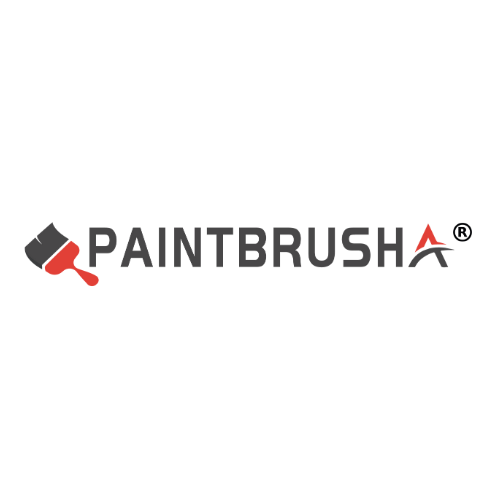When painting religious themes in wall paintings, the technique of using wall painting brushes is of vital importance to ensure that the picture not only conforms to the solemnity and sanctity of religion but also presents a delicate artistic effect. Here are some key usage tips:
First, brush selection
Material selection
Wool brush: Suitable for smooth walls, it can evenly cover colors and is ideal for painting delicate and smooth religious patterns.
Pighair brush: Suitable for rough walls, with strong pigment adsorption capacity, it is ideal for painting religious scenes that require a sense of thickness or texture effect.
Nylon brushes: Not recommended for wall painting because they stick less paint, tend to show through the base, and are difficult to cover the wall surface.
Size selection
Choose the appropriate brush size based on the size and detail level of the pattern. When coloring large areas, a large brush can be used; when depicting details, a small brush should be used.
Second, painting techniques
Draft
Use chalk or light-colored paint to gently outline the pattern on the wall. Since light pigments are difficult to cover when using a pencil as the base, it is not recommended to use a pencil.
For complex religious patterns, one can first draw a draft on paper and then project it onto the wall for outlining.
Color mixing and coloring
Acrylic paint is used because it dries quickly and has no gloss, making it suitable for modern murals. When adjusting the color, water should be added for dilution to avoid applying it directly to the wall and forming a film.
Pay attention to the stirring of the pigment to ensure uniform color. Each time you change the color, clean the brush again to avoid color mixing.
When coloring, follow the sequence from dark to bright. First apply the base color, then superimpose the bright colors and details.
Outlining and detail drawing
Use a zero line pencil or a fine flat brush to draw the outline and details of the pattern. The lines should be smooth and even, avoiding intermittent or uneven thickness.
Referring to the central brushstroke technique in calligraphy, use the middle position of the brush to press out an arc, hold the brush steady and slowly lift it straight to achieve a better outlining effect.
Light and shadow processing
Pay attention to the changes in light and shadow of the patterns to enhance the three-dimensional effect. Under the illumination of a light source, the bright parts of an object should be bright and full, while the dark parts should be deep and layered.
Dark pigments can be used to outline shadows at the edges of the bright areas, or light pigments can be used to brighten the edges of the dark areas to enhance the details and depth of the picture.
Overall adjustment
During the painting process, one should constantly observe the overall effect and promptly adjust the color, light and shade, and composition of the picture.
After completion, observe the picture from a distance to check if there are any omissions or areas that need adjustment. Ensure that the picture is harmonious, the color tone is consistent, and there is no sense of dirtiness or disorder.
Third, other matters needing attention
Wall treatment
The base treatment of the wall surface is of great significance. Make sure the wall surface is flat, clean, free of oil stains and dust. After applying the primer, proceed with the pattern planning.
Pigment selection
Choose the appropriate pigment color according to the pattern effect. High-gloss paint can make a room look brighter, but it is prone to highlighting the shortcomings of the walls. If the wall surface is not very smooth, it is recommended to use matte paint.
Tool preparation
In addition to paintbrushes, you also need to prepare a palette, a brush bucket, an apron, newspapers, scaffolding and other auxiliary tools. Spread newspapers all over the floor before painting to avoid dirtying it.
Safety and Health
When using pigments, pay attention to safety and avoid inhaling harmful gases. When painting, it is necessary to maintain a good ventilation environment.
After use, clean the brushes and tools in time to prevent the paint from drying up and clogging the brushes.
